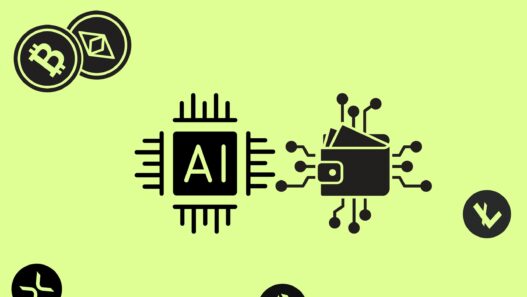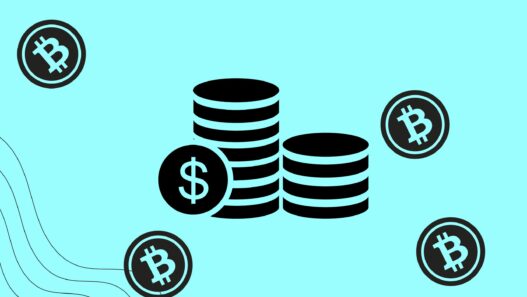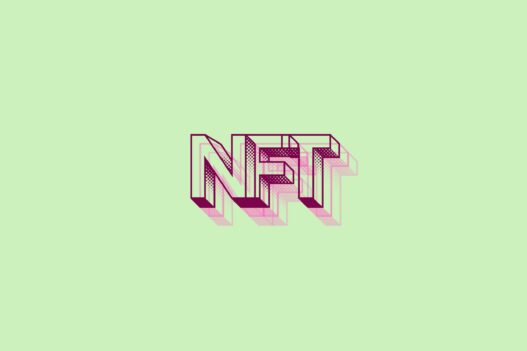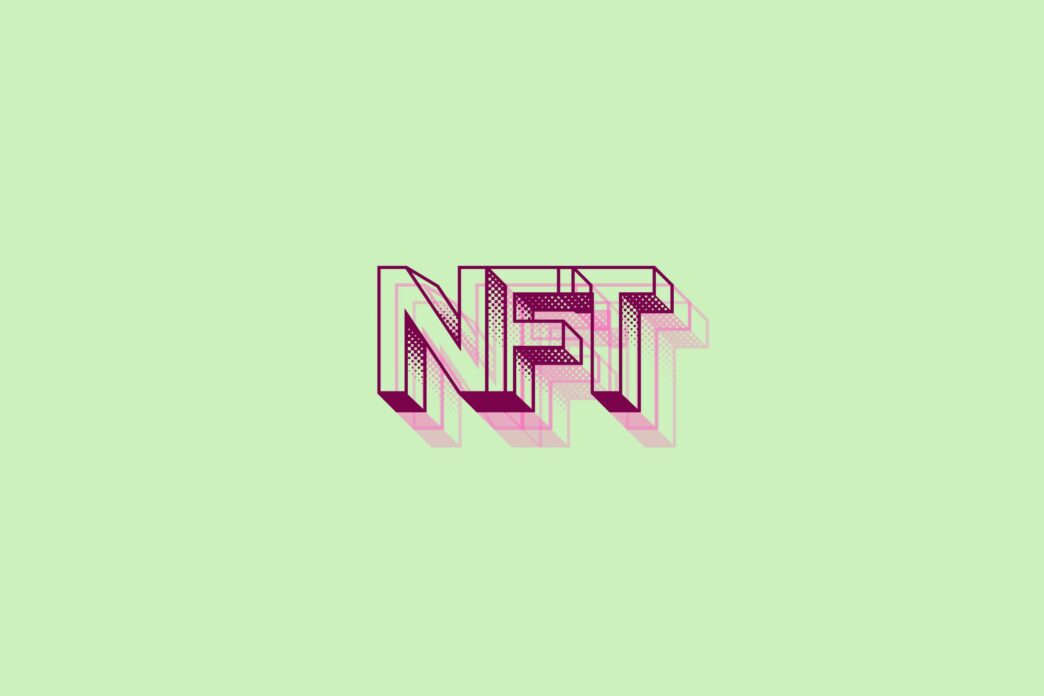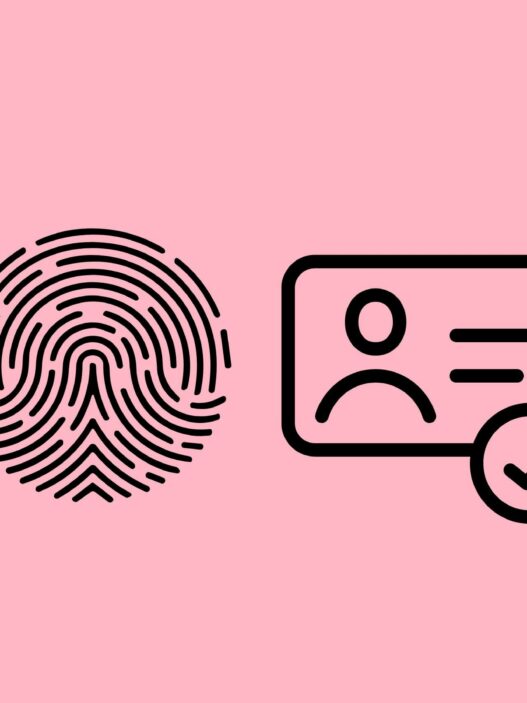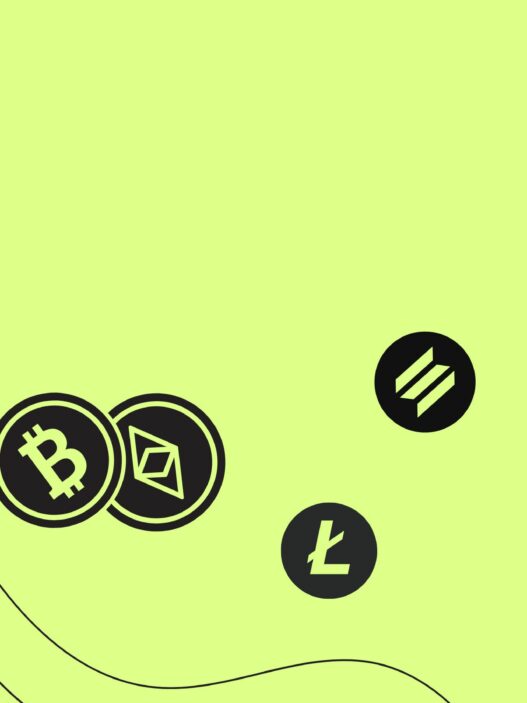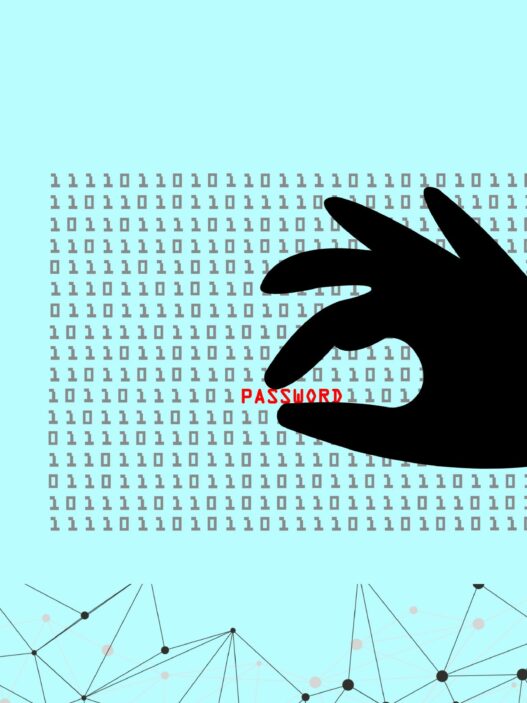In March 2021, a digital artwork titled EVERYDAYS: The First 5000 Days by the artist Beeple sold for an astonishing $69 million at Christie’s auction house. This wasn’t a physical canvas or sculpture—it was a digital file, purchased as a Non-Fungible Token (NFT). This record-breaking sale thrust NFTs into the global spotlight, igniting debates about the future of art, ownership, and value in the digital world. Suddenly, everyone from artists to athletes, musicians to tech enthusiasts, was talking about NFTs. But what exactly are they, and why are they causing such a stir?
NFTs represent a revolutionary shift in how we interact with digital assets. They’ve turned abstract concepts like digital ownership into tangible realities, enabling creators to monetize their work in unprecedented ways and collectors to own unique pieces of the internet. This article will dive deep into the world of NFTs, exploring what they are, how they function, their history, their benefits, their challenges, and their potential to reshape industries far beyond art. At over 2000 words, this guide aims to be comprehensive, engaging, and accessible—whether you’re a curious beginner or someone looking to understand this phenomenon in detail.
What Are NFTs?
Let’s start with the basics. An NFT, or Non-Fungible Token, is a unique digital asset that represents ownership of a specific item or piece of content.
A non-fungible token (NFT) is defined as:
“A unique digital identifier that cannot be copied, substituted, or subdivided, that is recorded in a blockchain, and that is used to certify authenticity and ownership of a specific digital asset.”
This definition captures the essence of an NFT:
- Unique: Each NFT is distinct, unlike interchangeable assets like currency or cryptocurrencies (e.g., Bitcoin).
- Digital Identifier: It exists as data in a digital format.
- Cannot be copied, substituted, or subdivided: Its uniqueness and indivisibility distinguish it from fungible assets.
- Recorded in a blockchain: A decentralized digital ledger ensures its permanence and transparency.
- Certifies authenticity and ownership: It acts as proof of provenance and possession for a specific digital item, such as art, collectibles, or virtual goods.
This is different from “fungible” assets like dollar bills or Bitcoin, where one unit is identical to another. Imagine owning a rare baseball card versus a $5 bill: the card’s uniqueness gives it special value, while the bill is interchangeable with any other $5 bill. NFTs operate on the same principle, but in the digital realm.
So, what can an NFT represent? The possibilities are vast and growing:
- Digital Art: Paintings, animations, or 3D models created by artists.
- Music: Songs, albums, or exclusive audio experiences.
- Videos: Clips like sports highlights or viral moments.
- Collectibles: Virtual trading cards, in-game items, or digital pets.
- Virtual Real Estate: Plots of land in digital worlds like Decentraland or The Sandbox.
What sets NFTs apart is their foundation on blockchain technology, a decentralized system that records transactions securely and transparently. This ensures that each NFT is authentic, verifiable, and tied to a specific owner, making it nearly impossible to fake or duplicate.
How Do NFTs Work?
Understanding NFTs requires a peek under the hood at the technology powering them. Don’t worry—we’ll keep it simple and use analogies to make it clear.
1. The Blockchain Backbone
NFTs live on a blockchain, which you can think of as a digital ledger shared across thousands of computers worldwide. Each entry in this ledger is a “block,” and these blocks are linked together in a chain—hence the name. When an NFT is created (a process called minting), its details—like who owns it and what it represents—are recorded on the blockchain. This creates a permanent, tamper-proof record.
Most NFTs are built on the Ethereum blockchain, though others like Binance Smart Chain, Flow, and Tezos are also popular. Ethereum is like the bustling hub of the NFT world, hosting marketplaces and projects that drive the ecosystem.
2. Smart Contracts: The Rules of the Game
NFTs rely on smart contracts, which are like automated agreements written in code. These contracts define how the NFT behaves—for example, who gets paid when it’s sold or whether the original creator earns royalties on future sales. Picture a vending machine: you insert money, and it automatically dispenses a snack based on its programming. Smart contracts work similarly, executing actions (like transferring ownership) when conditions are met.
3. Ownership and Provenance
When you buy an NFT, you’re not just getting a file—you’re getting a token that proves you own it. This token is stored in a digital wallet, like MetaMask, and linked to your identity on the blockchain. The blockchain also tracks the NFT’s provenance, or history of ownership, showing every sale or transfer since it was minted. This transparency is a game-changer, ensuring buyers can trust they’re getting the real deal.
4. Buying, Selling, and Trading
NFTs are traded on online marketplaces such as OpenSea, Rarible, and NBA Top Shot. To participate, you’ll need:
- A digital wallet compatible with the blockchain (e.g., MetaMask for Ethereum).
- Cryptocurrency, usually Ether (ETH), to pay for the NFT and transaction fees (called “gas fees”).
Once purchased, you can keep your NFT, display it in virtual galleries, or sell it to someone else. It’s like a digital flea market, but with global reach and cryptographic security.
The History of NFTs:
From Niche to Mainstream
NFTs didn’t appear overnight—they’ve been brewing for years. Here’s a timeline of their journey:
- 2014: The concept of NFTs began with Quantum, a digital artwork by Kevin McCoy and Anil Dash. It was minted on the Namecoin blockchain, a precursor to today’s NFT systems, but it didn’t catch on widely.
- 2017: The big breakthrough came with CryptoKitties, a game on Ethereum where players could buy, breed, and trade unique digital cats. Each cat was an NFT, and the game’s popularity soared, with some kitties selling for thousands of dollars. It also clogged the Ethereum network, exposing scalability issues but proving NFTs’ potential.
- 2018-2020: NFTs started gaining traction in art and gaming. Platforms like SuperRare and KnownOrigin let artists sell digital creations as NFTs, while games like Decentraland introduced virtual land ownership. The groundwork for a broader market was laid.
- 2021: The NFT boom hit. Beeple’s $69 million sale was a headline-grabber, but other milestones included Jack Dorsey selling his first tweet for $2.9 million and NBA Top Shot turning basketball highlights into million-dollar collectibles. Celebrities like Snoop Dogg and Paris Hilton joined in, releasing their own NFTs.
- 2022-Present: After the initial frenzy, the market cooled, but NFTs didn’t fade. They’ve evolved, with new applications like NFT-based tickets and digital identity emerging. The focus has shifted from hype to utility.
The Benefits of NFTs:
Why Creators and Collectors Love Them
NFTs have sparked excitement for good reason—they offer tangible advantages for creators and collectors alike.
For Creators
- New Revenue Streams: Artists, musicians, and writers can sell their work directly to buyers worldwide, bypassing middlemen like galleries or labels. A digital artist might sell an NFT for $1,000 instead of relying on print sales.
- Royalties Forever: Smart contracts can ensure creators earn a percentage (e.g., 10%) every time their NFT is resold. This is a lifeline for artists who traditionally earn nothing from secondary sales of physical work.
- Fan Engagement: NFTs let creators offer exclusive perks—like a virtual meet-and-greet or a special edition track—to NFT holders, deepening their connection with fans.
- Authenticity: In a world of endless digital copies, NFTs prove a work’s originality, giving creators control over their intellectual property.
For Collectors
- True Ownership: Buying an NFT means owning a unique digital item, not just a screenshot. It’s like having the Mona Lisa versus a postcard of it.
- Investment Potential: Some NFTs skyrocket in value. Early adopters of Bored Ape Yacht Club NFTs, for instance, turned $200 investments into millions as the collection gained fame.
- Bragging Rights and Community: Owning certain NFTs—like a CryptoPunk—grants status and access to exclusive clubs or events, blending digital and social value.
Challenges and Controversies: The Dark Side of NFTs
NFTs aren’t all sunshine and profits—they come with significant hurdles and criticisms.
1. Environmental Concerns
The biggest knock against NFTs is their energy use. Until 2022, Ethereum relied on proof-of-work, a process requiring massive computing power to validate transactions. Critics argued this made NFTs eco-unfriendly, with one transaction potentially emitting as much carbon as driving hundreds of miles.
The good news? Ethereum’s 2022 shift to proof-of-stake slashed its energy use by over 99%. Still, the stigma lingers, and newer blockchains like Flow tout sustainability as a selling point.
2. Copyright Chaos
Not every NFT is legit. Some have been minted from stolen art or memes without permission, sparking lawsuits and ethical debates. For example, an artist might find their work sold as an NFT by a stranger. Platforms are improving verification, but the Wild West vibe persists.
3. Boom and Bust
The NFT market is a rollercoaster. Prices can soar—think Beeple’s millions—then crash. Many buyers have lost money on overhyped projects, fueling “bubble” fears. Scams like rug pulls (where creators vanish with funds) add to the risk.
4. Barriers to Entry
NFTs aren’t beginner-friendly. You need crypto, a wallet, and tech know-how—plus cash for gas fees, which can hit $50 or more per transaction. This excludes many artists and fans, though solutions like gasless minting are emerging.
The Future of NFTs: Beyond the Hype
NFTs are more than art and apes—they’re a technology with untapped potential. Here’s where they might go:
- Digital Identity: NFTs could secure passports or diplomas, making fraud harder.
- Real-World Assets: Tokenize property or cars for easier trading and fractional ownership.
- Tickets and Access: NFT tickets for concerts or VIP events could cut scalping and add perks.
- Gaming: Players could own and trade items across games, creating a universal digital economy.
- Creative Industries: Musicians might sell albums as NFTs with exclusive tracks, while filmmakers could fund projects via NFT pre-sales.
As blockchain tech improves—faster, cheaper, greener—NFTs could infiltrate everyday life.
Conclusion: Navigating the NFT Revolution
Non-Fungible Tokens are a bold experiment in digital ownership, blending art, tech, and economics in ways we’re only beginning to grasp. They’ve empowered creators, thrilled collectors, and raised tough questions about sustainability and ethics. While the market’s volatility and growing pains are real, so is the promise: a future where digital value is as real as physical value.
If you’re intrigued, start small—explore marketplaces, research projects, and never risk more than you can lose. NFTs are evolving fast, and their story is far from over. Will they redefine our world? Stay tuned.



